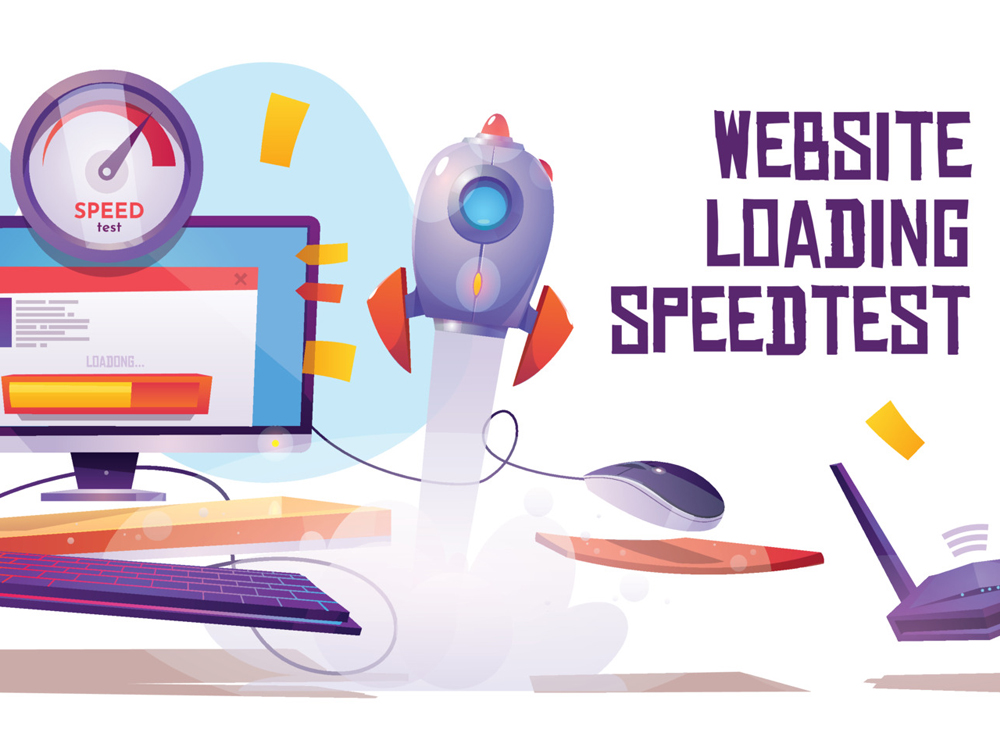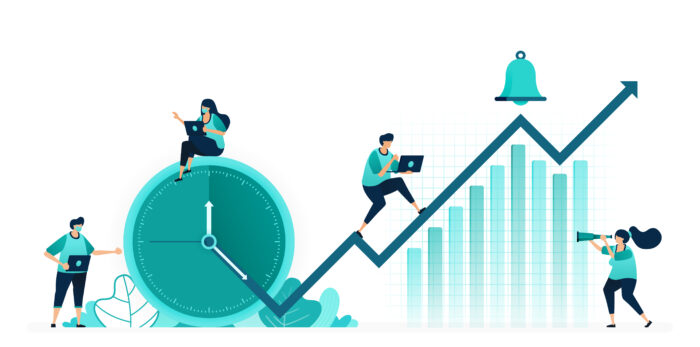
Tips for Improving Website Speed and Performance. In the fast-paced digital world of today, the speed and performance of a website are important factors that can make or break its success. Users can get frustrated with a slow website, which can lead to a high bounce rate and hurt your search engine rankings. On the other hand, a website that loads quickly can improve the user experience, get more people to interact with it, and help it show up higher in search engine results. In this article, we’ll look at some ways to speed up and make a website run better.
Images are an important part of any website, but they can also be a big reason why your site takes so long to load. Large pictures can take a long time to load, especially on slower mobile devices. To make images work better on the web, you can compress them to make them smaller. There are a number of online tools, like Tiny PNG and Compressor.io, that can help you reduce the size of your images without lowering their quality.
When a browser loads a page, it sends out HTTP requests, and each one takes time to finish. The longer a page takes to load, the more HTTP requests it makes. Reduce the number of images, scripts, and stylesheets on your page to reduce the number of HTTP requests. You can also combine multiple scripts and stylesheets into a single file to cut down on the number of requests your webpage makes.
A content delivery network (CDN) is a group of servers in different parts of the world that work together to send users website content based on where they are. By using a CDN, you can shorten the distance your website’s content has to travel to reach users, which can speed up and improve the performance of your website in a big way.
Browser caching is a way for web browsers to store website data on the user’s device, like images, scripts, and stylesheets. This means that the next time the user visits your website, the browser can get the data from its cache instead of sending a new request to the server. Enabling browser caching can speed up a website by a lot and reduce the load on the server.
Plugins can make your website more useful, but they can also make it take longer to load. When you add a plugin, it adds more code to your website, which can make it take longer to load. To speed up and improve the performance of your website, use as few plugins as possible and only install those that are necessary.
By optimising the code on your website, you can make it run faster and better. You can do this by using less inline CSS and JavaScript and less white space in your code. You can also use CSS preprocessors like Sass or LESS to make your code easier to read. You can also “minify” your code to get rid of extra characters like spaces and comments. This can make your files smaller and speed up your website.
Server response time is how long it takes for the server to answer a request from a user. A slow server response time can have a big effect on how fast and well a website works. Choose a reliable web host with fast servers and a high uptime guarantee to cut down on the time it takes for the server to respond. By compressing files and using server-side caching, you can also reduce the amount of data that needs to be sent to the server.
As more and more people use their phones to access the internet, it’s important to make sure your website works well on mobile devices. Mobile devices have smaller screens and slower connections, which can slow down and affect how well a website works. To make your website work well on mobile devices, use responsive design to make sure it works on all devices and change the layout to fit smaller screens. You can also make your images and videos work better on mobile devices by using smaller file sizes and resolutions.

Lazy loading is a method that only loads the content that can be seen on the user’s screen. Other content won’t load until the user scrolls down the page. This can improve the speed and performance of websites and make them load much faster. Lazy loading is great for websites that have a lot of large images or videos.
It’s important to keep an eye on your website’s speed and performance to see where it can be improved. There are a number of online tools, like Google PageSpeed Insights and GTmetrix, that can help you figure out how fast and well your website works and make suggestions for how to improve it. If you keep an eye on your website’s speed and performance on a regular basis, you can find problems and fix them to make your site faster and better.
The quality of your web hosting service can have a big effect on how fast and well your website works. Choose a provider with fast servers and a high guarantee of uptime to make sure your website loads quickly and is always available to users. Also, think about using a web host that specialises in WordPress or other content management systems to make sure that your website is optimised for your specific platform.
If your website stores content in a database, optimising the database can help make your website faster and run better. This can be done by getting rid of old or useless data, making your database tables smaller, and making sure your database queries are as good as they can be. If you don’t know much about database management, you might want to use a plugin or a third-party service to help you optimise your website’s database.
How fast and well your website works can also depend on the theme or template you use. Choose a theme or template that doesn’t have too many features or lines of code. This will help make sure your website loads quickly and doesn’t take too long to load because it has too much code or features.
The speed at which your website loads can be slowed down by things like social media widgets or advertising code. Try not to use too many external resources, and only use them if they are essential to the way your website works. Also, think about using asynchronous loading for external resources so that they don’t stop other website elements from loading.
Updating your website’s software, plugins, and themes on a regular basis can help speed it up and make it run better. Software updates often fix bugs and make performance improvements that can help your website run faster and better. Also, keeping your website’s software up-to-date can help make sure it is secure and protected from possible security holes.

In conclusion, the speed and performance of your website are important factors that can have a big effect on how users feel about your site, where it ranks in search engines, and how well it does. By using the tips in this article, you can improve your website’s speed and performance, make it easier for users to use, and get more people to interact with it. Make sure to check your website’s speed and performance on a regular basis to make sure it is optimised for the best performance.
We would love to work with you on your next project or breathe new life into an existing one. Speak to our experts today!
Contact us